 |
 |
 |
| |
HBcAb positivity is a risk factor for failure to achieve complete virologic suppression of HIV-RNA after antiretroviral switch to 3TC+DTG
|
| |
| |
One Third of HBcAb+ People Don't Suppress HIV Completely After Switch to 3TC/DTG
EACS 2023, October 18-21, 2023, Warsaw
Mark Mascolini
Nearly one third of 267 HIV-positive people (28.7%) also positive for hepatitis B core antibody (HBcAb) did not maintain very strictly defined complete suppression of HIV RNA in the 36 months after switching to lamivudine plus the integrase inhibitor dolutegravir (3TC/DTG) [1]. HBcAb positivity indicates past or current HBV infection.
Researchers from Rome's Tor Vergata University who conducted this study noted their prior work showing that HBcAb positivity has a negative impact on reaching and maintaining an undetectable HIV load in people coinfected with HBV and HIV [2]. And they found this association specifically in people switching to a 2-drug combination including 3TC [3]. Previous work also found that one third of people with HIV taking a TDF or TAF-containing regimen have cryptic HBV viremia [4], and HBV can kickstart HIV replication through its HBx protein.
In a new multicenter retrospective cohort study, Tor Vergata researchers tracked HIV load every 6 months in the 2 years before and 3 years after people switched to 3TC/DTG. For this analysis HIV viral load could be below 20 copies and target not detected (TND), below 20 copies and target detected (TD), or detectable above 20 copies. (TND means the assay could detect no HIV RNA at all in the plasma sample; TD means HIV RNA is detected, but the level is less than the lower quantitation limit of the assay, which is 20 copies [5].)
The 267 people in the study cohort had a median age of 41 years and 32.2% were female. While 13.3% of the group was positive for HCV antibody, 28.7% (76 people) were HBcAb-positive. HCV RNA was not measured during the study period. The largest fraction of study group, 46.8%, was switching to 3TC/DTG from an integrase inhibitor plus 2 nucleoside/nucleotide analogs (NRTIs), while 33.3% were trading in a nonnucleoside plus 2 NRTIs, and 15.4% were swapping out a protease inhibitor plus 2 NRTIs. Only 9 people (3.4%) got diagnosed with HIV within 12 months of switching to 3TC/DTG, and only 10 people (3.75%) learned they had HIV infection within 24 months of switching to 3TC/DTG.
All cohort members had an HIV load below 50 copies 24, 12, and 6 months before the switch to 3TC/DTG and at the switch. And 91.9% had a viral load below 20 copies (74.2% TND, 17.7% TD) 24 months before switching; 87.6% had an HIV load below 20 copies 12 months before switching (82.3% TND, 5.3% TD); 91.8 % had an HIV load under 20 copies 6 months before switching (87.5% TND, 4.3% TD); and 95.1% had an HIV load under 20 copies at month 0 (85.4% TND, 9.7% TD).
The 76 HBcAb-positive people were older than the HBcAb-negative group (45 vs 40, P = 0.015), had a lower nadir CD4 count (248 vs 349, P = 0.007), and had a higher proportion HCVAb-positive (21.3% vs 9.8%, P = 0.013). The two groups did not differ significantly in proportion of men and women, a history of HIV viral rebound, or the regimen being switched from. Nor did the two groups differ significantly in HIV RNA 24 months before the switch to 3TC/DTG, 12 months before the switch, or at the switch.
But HBcAb-positive people were significantly less likely than HBcAb-negative people to have an HIV load below 20 copies TND 12 months after the switch to 3TC/DTG (69.3% vs 87.5%, P < 0.001), 24 months after the switch (72.5% vs 89.9%, P < 0.0001), and 36 months after the switch (66.7% vs 92.8%, P < 0.001).
With increasing time since the switch to 3TC/DTG, a growing proportion of HBcAb-positive people had detectable HIV RNA, defined as less than 20 copies TD or more than 20 copies. The percentage with detectable HIV RNA by this definition was significantly higher in HBcAb-positive than -negative people 12 months after the switch (30.6% vs 14.9%, P < 0.001), 24 months after (27.5% vs 10.1%, P < 0.0001), and 36 months after (33.4% vs 7.2%, P < 0.001).
Univariable analysis picked out two factors significantly associated with risk of not-TND HIV RNA: nadir CD4 count (odds ratio [OR] 0.99, 95% confidence interval [CI] 0.98 to 0.99, P = 0.046) and HBcAb positivity (OR 2.87, 95% CI 1.58 to 5.2, P = 0.001). In multivariable regression only HBcAb positivity proved independently associated with not-TND HIV RNA (adjusted OR 3.07, 95% CI 1.39 to 6.79, P = 0.005).
The Tor Vergata investigators concluded that almost one third of HBcAb-positive people who switched from triple-antiretroviral regimens to 3TC/DTG did not have (strictly defined) complete HIV RNA suppression in the 36 months after the switch. They suggested that HBcAb-positive people making that antiretroviral switch may benefit from closer follow-up of liver function, perhaps including an HBV DNA assay, liver ultrasound, or FibroScan. And they noted that only a prospective study can identify clinical consequences of such low levels of HIV RNA.
References
1. Malagnino V, Mulas T, Teti E, et al. HBcAb positivity is a risk factor for failure to achieve complete virologic suppression of HIV-RNA after antiretroviral switch to 3TC+DTG. EACS 2023, October 18-21, 2023, Warsaw. Abstract RA2.07.
2. Malagnino V, Cerva C, Maffongelli G, et al. HBcAb seropositivity is correlated with poor HIV viremia control in an Italian cohort of HIV/HBV-coinfected patients on first-line therapy. Sci Rep. 2019;11942. doi: 10.1038/s41598-019-46976-1. https://www.nature.com/articles/s41598-019-46976-1
3. Malagnino V, Teti E, Compagno M, et al. HBcAb positivity is a risk factor for an increased detectability of HIV RNA after switching to a two-drug regimen lamivudine-based (2DR-3TC-based) treatment: analysis of a multicenter Italian cohort. Microorganisms. 2021;9:396. doi: 10.3390/microorganisms9020396. https://www.mdpi.com/2076-2607/9/2/396
4. Salpini R, Malagnino V, Piermatteo L, et al. Cryptic HBV replicative activity is frequently revealed in anti-HBc-positive/HBsAg-negative patients with HIV infection by highly sensitive molecular assays, and can be predicted by integrating classical and novel serological HBV markers. Microorganisms. 2020;8:1819. doi: 10.3390/microorganisms8111819. https://www.ncbi.nlm.nih.gov/pmc/articles/PMC7699270/
5. Mayo Clinic Laboratories. Microbiology and Infectious Diseases Catalog. HIV-1 RNA detection and quantification, plasma. https://microbiology.testcatalog.org/show/HIVQN
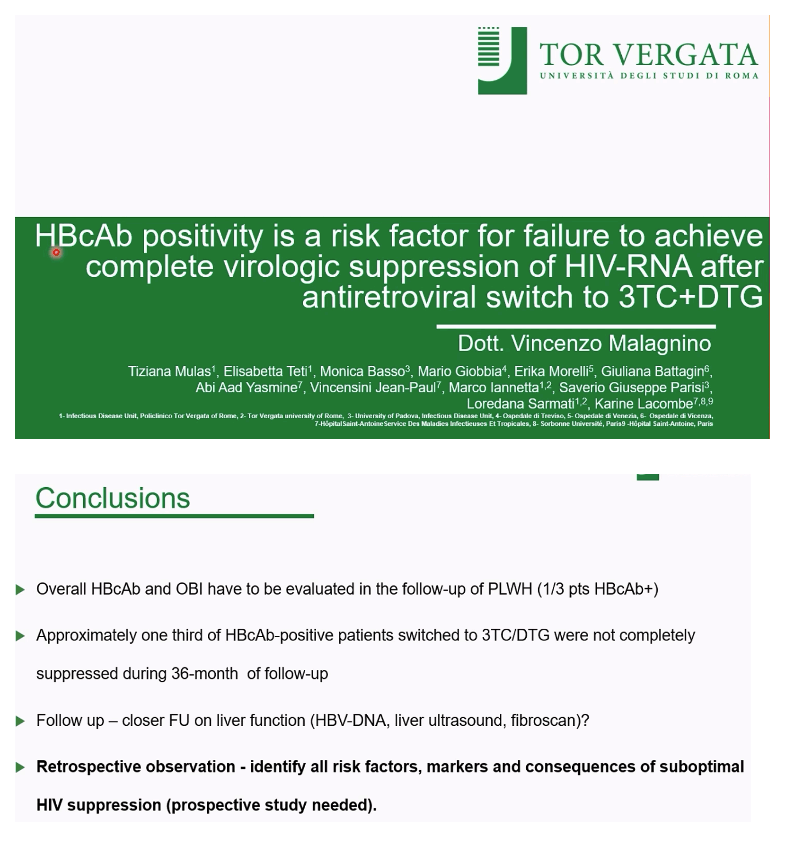
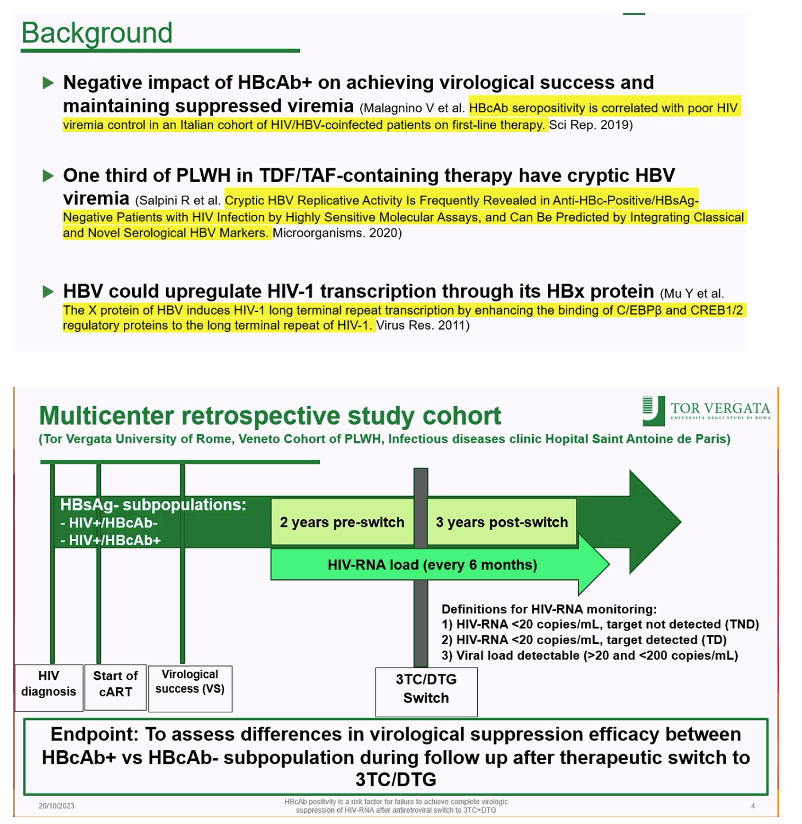
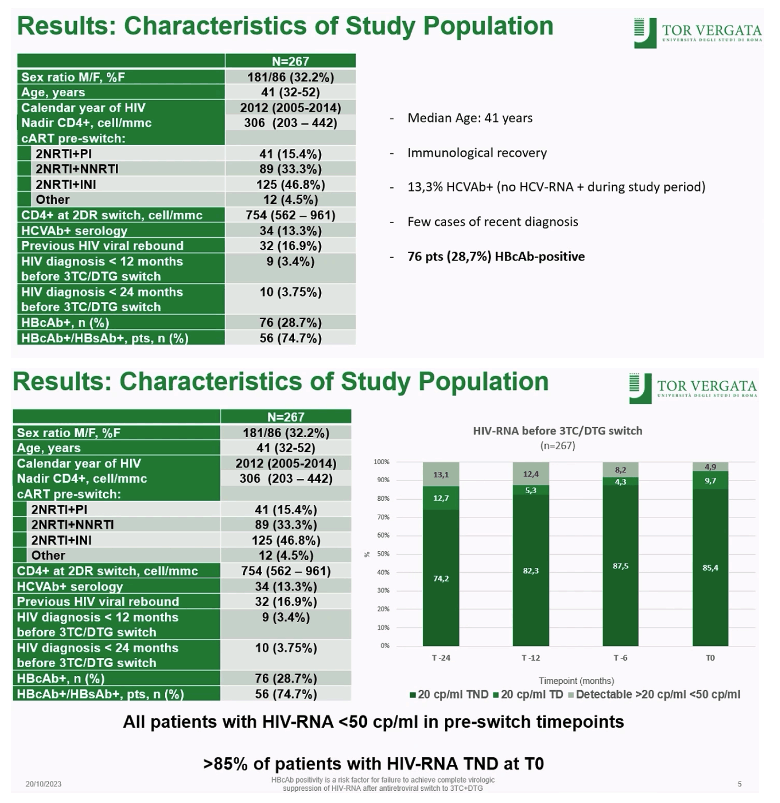
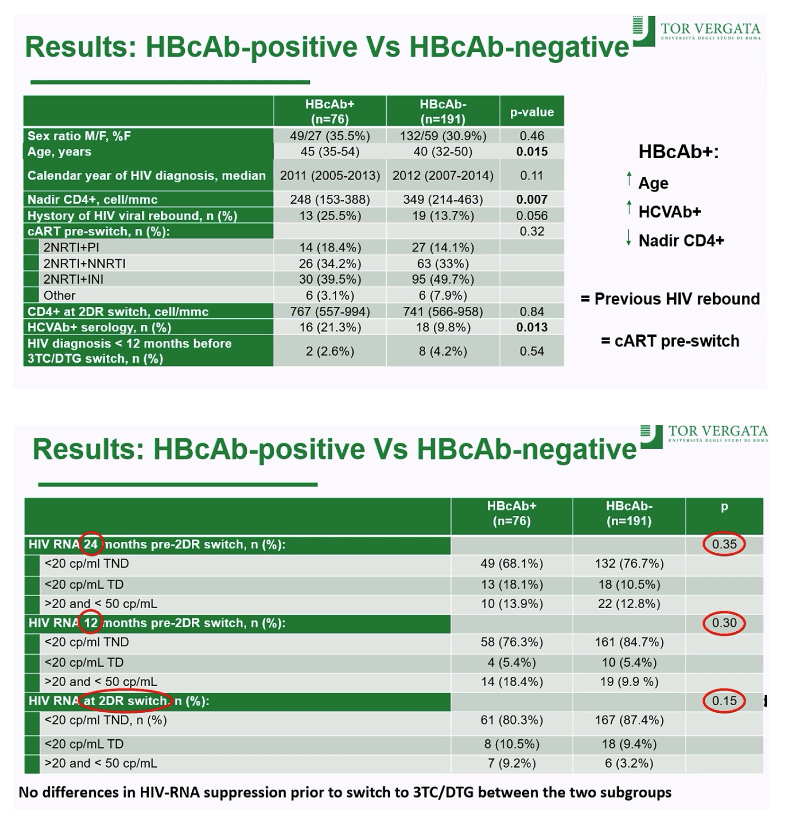
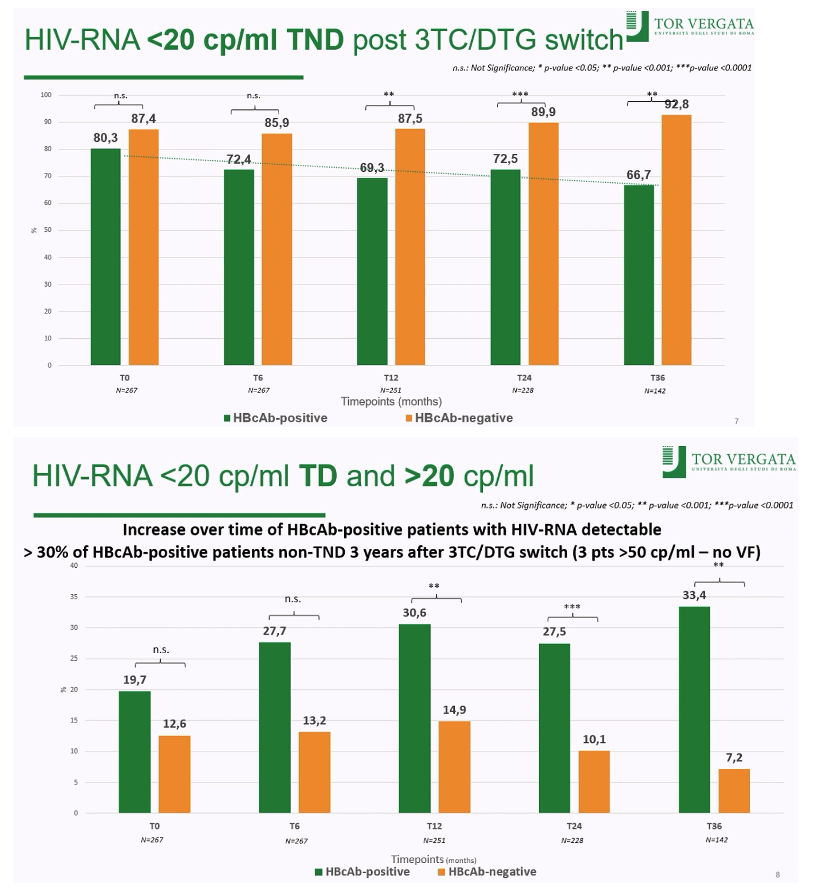
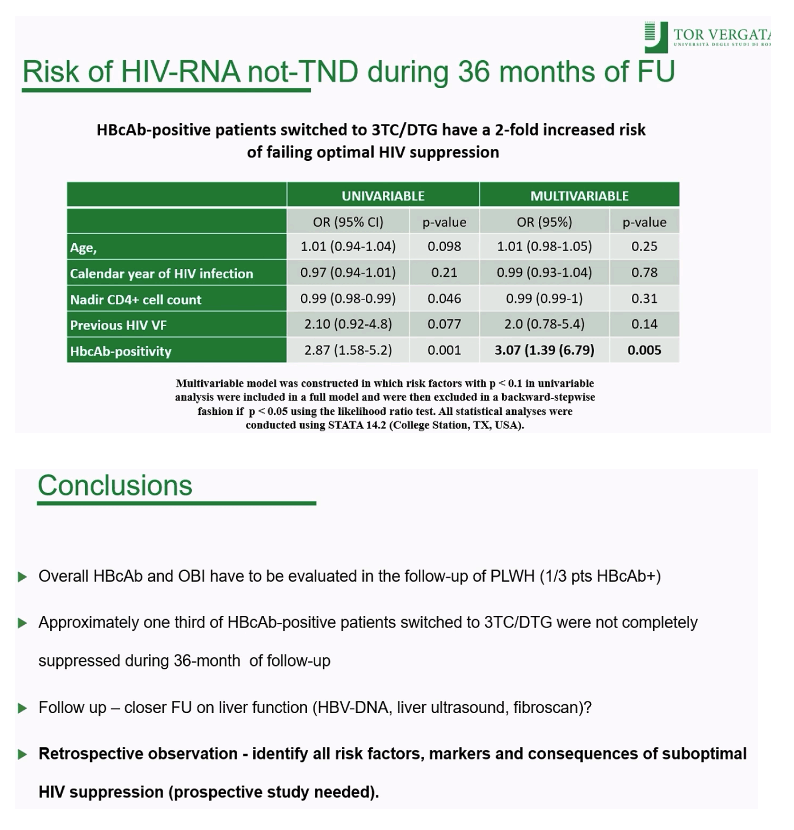
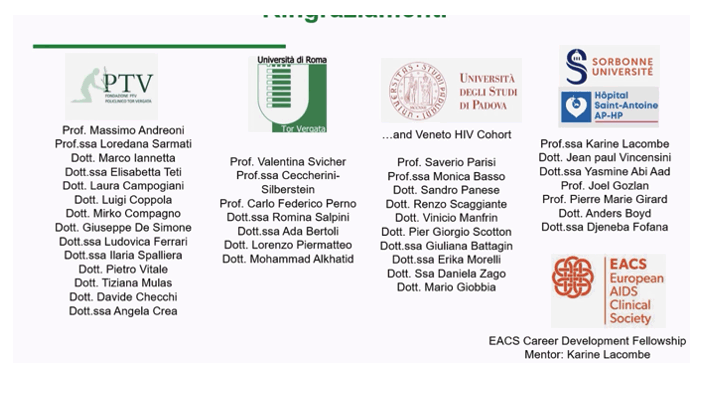
|
| |
|
 |
 |
|
|